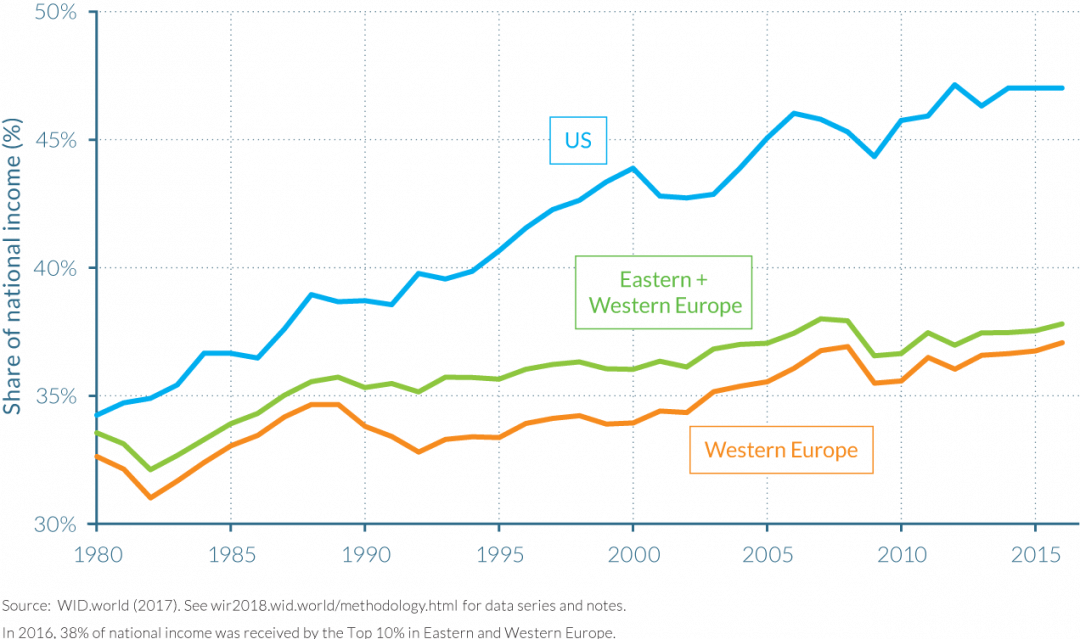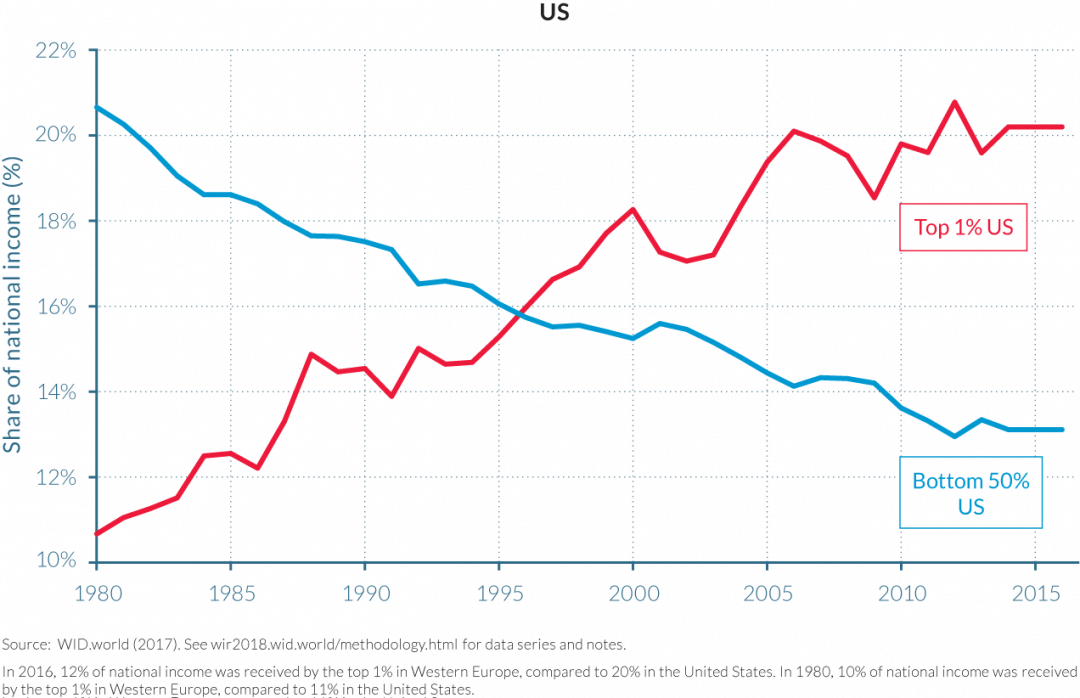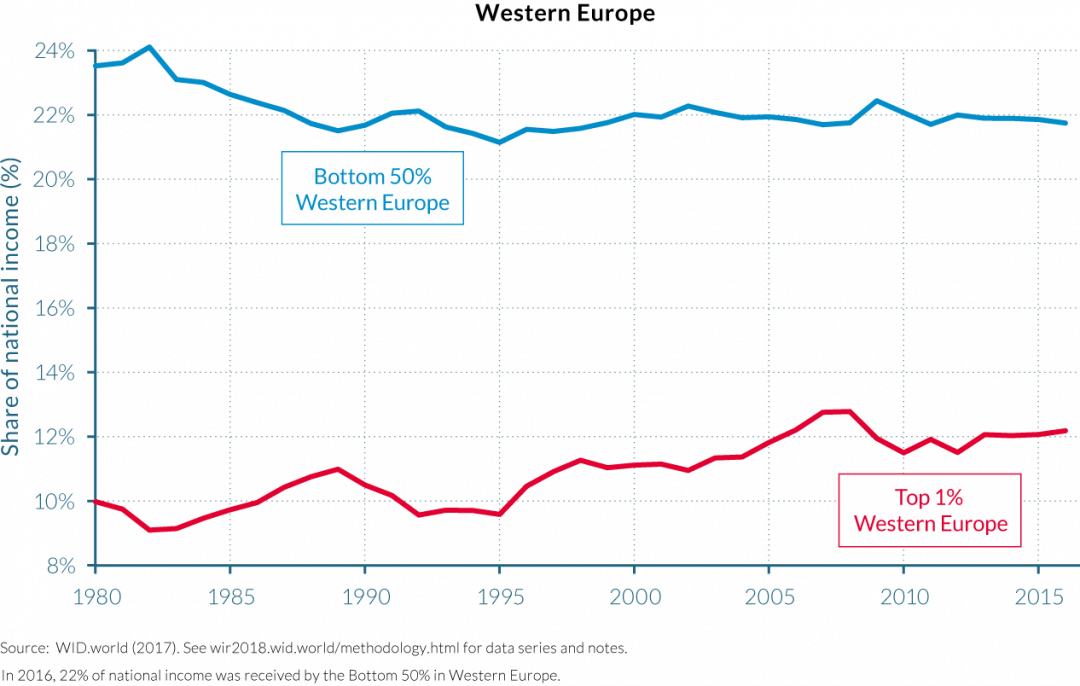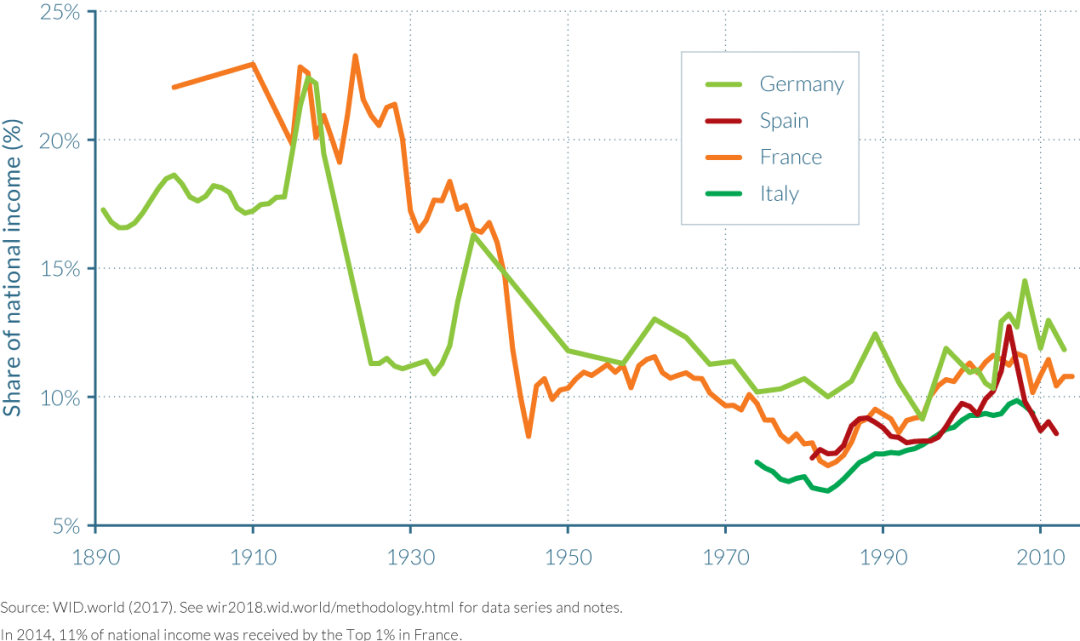
Many studies over the past several decades document the inverse relationship between the socioeconomic status of people around the world and their health. Some of these experts argue that health conditions contribute to these socioeconomic differences, while others suggest it is the unhealthy behaviors adopted by people lower down on the rungs of the economy and society that impact their health.
Weighing into this debate are three scholars who take a new approach to the question, using a model to quantify the economic costs of being in bad health. The new research paper, by economists Mariacristina De Nardi at the Federal Reserve Bank of Chicago, Svetlana Pashchenko at the Terry College of Business at the University of Georgia, and Ponpoje Porapakkarm at China’s National Graduate Institute for Policy Studies, focus on men in the United States with high-school degrees, classified by health types (good health/bad health) according to the answers they gave in two nationwide surveys. Both of the University of Michigan surveys—the Panel Study of Income Dynamics and the Health and Retirement Study—ask respondents to rank their overall health level.
Previous research assumed that a person’s health in the future is mainly based on their health right now, but the three authors instead find that “the longer an individual has been unhealthy, the less likely he is to become healthy.” Because of this finding, they design a new model that better fits the data—a so-called effective life-cycle model, which factors in all kinds of situations individuals may face over the course of their lifetime to assess health dynamics, quantify the bad health effects, and evaluate the disparity they create. The authors’ approach takes into account each person’s history and populationwide data on the occurrence of health problems. By doing so, they can model individuals’ work histories, the health insurance they buy, and the saving decisions they make. At the same time, the model enables the authors to assess both the financial and nonfinancial consequences of bad health.
Their first finding confirms what many researches have already demonstrated: There is a substantial correlation between health-related inequalities and economic outcomes. They find that among U.S. men, the major impact of bad health is a loss in labor earnings—a cost that exceeds their out-of-pocket medical spending. This monetary burden unequally affects them across health types and rises with the number of years spent being unhealthy. Indeed, while the participation rate in the workforce for healthy U.S. men reaches 90 percent, it is only 70 percent for generally unhealthy men, who earn 28 percent less than the healthy men. What’s more, they find that the median wealth of male individuals in good health is twice that of those in bad health. The former gap is known as the income-health gradient; the latter gap is called the wealth-health gradient.
Secondly, and more importantly, De Nardi, Pashchenko, and Porapakkarm discovered a robust correlation between what economists refer to as time preferences—how individuals value their consumption today, as compared to their future consumption—and health types. The authors find that long-term unhealthy men in the United States are less patient and tend to save much less than others. Thus, the income-health gradient does not entirely imply that the wealth-health gradient is a given, but rather that the gap is mainly explained by the insight that a person in bad health (all other things being equal) would spend more than save.
The three authors’ third finding evaluated the nonfinancial effects of health by looking at lifetime utility, or the satisfaction individuals gain from being alive, considering the opportunities they have and the willingness of these men to pay to be healthy. The authors find that bad health stems from 40 percent of the variation in lifetime utility and that, on average, men in the United States are willing to pay 11 percent of their income to raise the probability of being healthy by 1 percent. Why? For these individuals, a longer life expectancy is the most valuable aspect of being healthy.
Taken together, these findings clarify the mechanisms by which health inequalities amplify economic inequalities. This new life-cycle model is a welcome contribution to the debate because it quantifies the effects of bad health on economic outcomes. But the results also suggest that future research should take into account the impact of health investments over lifespans, examining the money individuals spend in technology in order to improve their levels of health.
Iris Maréchal is a Fall intern at the Washington Center for Equitable Growth and a French exchange student at the Johns Hopkins University within the Aitchison Fellowship Program.








